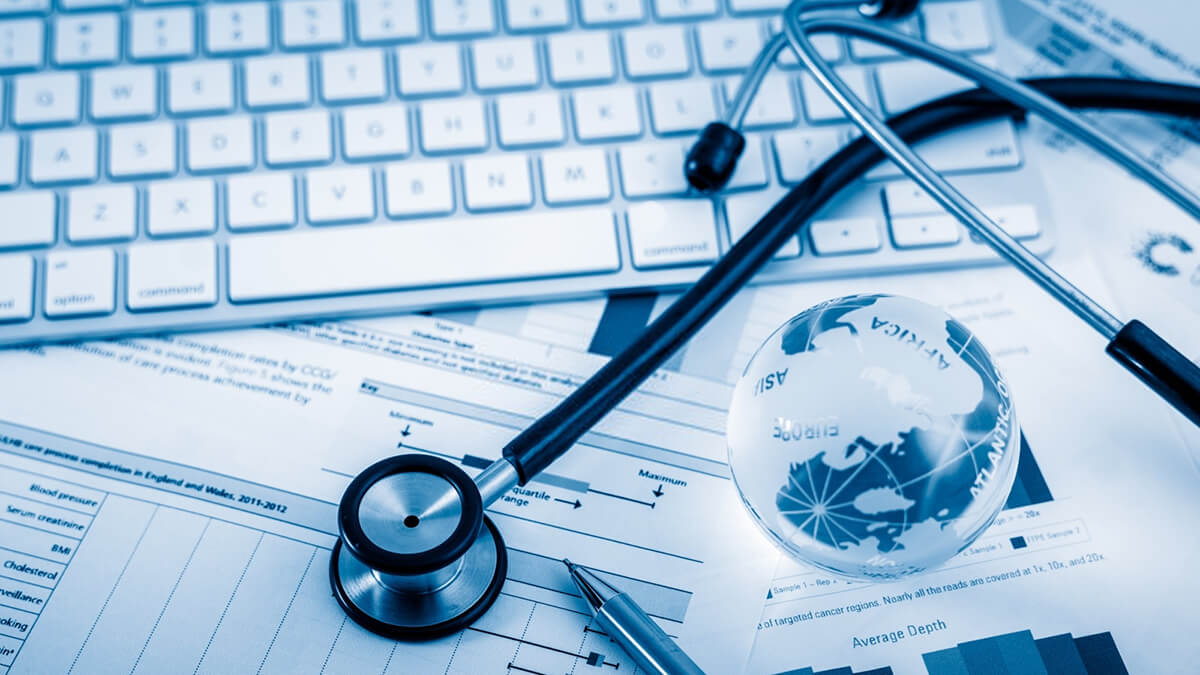Finest Practices in Medical Administration for Improving Efficiency and Reducing Costs
In the ever-evolving landscape of health care, the quest of finest practices in medical administration is critical for improving efficiency and curbing costs. By incorporating sophisticated technologies such as electronic health and wellness documents and telemedicine, health care service providers can enhance procedures and improve client treatment. Nonetheless, innovation alone is not a cure all; enhancing source appropriation and cultivating collaborative interaction amongst treatment teams are equally vital (medical administration). As companies strive to balance quality and price, what methods should be prioritized to achieve these double goals? The responses to these concerns hold the trick to a more lasting healthcare system.
Leveraging Advanced Innovation
In today's swiftly developing medical care landscape, leveraging sophisticated modern technology is no much longer optional yet important for effective medical management. The combination of electronic options right into medical care systems has changed the method centers operate, enhancing procedures and improving person treatment. Electronic Health Records (EHRs) are essential, supplying comprehensive individual data that can be accessed immediately by authorized personnel, thus lowering redundancy and decreasing mistakes. By streamlining patient details, EHRs get rid of the need for troublesome documents and help with smooth interaction among health care carriers.
Telemedicine is one more technological advancement that has transformed individual communication. It provides ease for both individuals and medical care experts by making it possible for remote assessments, which can reduce the need for in-person sees and enhance visit organizing. In addition, telehealth systems can expand health care accessibility to country or underserved locations, connecting voids in care distribution.
Moreover, using Artificial Knowledge (AI) and equipment understanding is coming to be progressively prevalent in predictive analytics, permitting very early detection of possible health and wellness issues and even more educated decision-making. These modern technologies, when integrated effectively, can enhance analysis precision and personalize patient treatment strategies, eventually leading to boosted healthcare results and functional performance.
Optimizing Resource Allowance
Effective resource allocation is important for taking full advantage of the effectiveness of clinical management. By tactically taking care of sources such as workers, tools, and finances, medical care centers can significantly enhance their functional performance, boost client results, and lower unnecessary expenses. The initial step in maximizing resource allowance includes conducting a comprehensive evaluation of present assets and determining locations where sources might be underutilized or exhausted. This assessment needs to be data-driven, utilizing metrics and analytics to inform decision-making procedures.
Focusing on resource allowance based upon individual requirements and service needs is necessary. This involves aligning sources with high-demand locations, such as emergency care or specialized treatments, to ensure prompt and effective person care. Carrying out versatile staffing designs can additionally maximize labor resources by adjusting personnel appropriation in reaction to changing patient volumes. In addition, accepting telemedicine and various other technical remedies can alleviate physical source restrictions by using alternative methods for patient-provider interactions.
Funds need to be meticulously kept an eye on and allocated with tactical foresight to sustain both temporary functional demands and lasting institutional objectives. This consists of investing in training programs that boost staff competencies and adopting energy-efficient methods that reduce operational expenses (medical administration). Eventually, an optimized source allowance technique cultivates a sustainable healthcare environment that is responsive, effective, internet and economically prudent
Streamlining Process Procedures
When medical care centers purpose to boost operational effectiveness, improving workflow procedures becomes a crucial focus. Efficient workflows decrease redundancy, get rid of unnecessary steps, and enhance sychronisation among healthcare specialists. This approach not just speeds up solution shipment yet also improves the high quality of person care.

Following, technology integration plays a considerable duty in simplifying operations. Carrying out digital health records (EHRs) and electronic doctor order access (CPOE) systems lowers documentation, lessens human error, and guarantees info is easily accessible to all pertinent workers. Additionally, leveraging telemedicine systems can streamline individual appointments and follow-ups, reducing the strain on physical infrastructure.

Inevitably, streamlined workflows lead to set you back decreases and enhanced client contentment, cultivating a much more sustainable health care environment.
Enhancing Information Monitoring
Structure upon structured process, maximizing information monitoring becomes a vital part in advancing healthcare management. Reliable data management systems are vital for maintaining precise patient documents, boosting decision-making, and ensuring conformity with governing requirements. By implementing durable information management remedies, medical care facilities can boost the quality of patient website link care while concurrently decreasing operational prices.
One secret element of improving information monitoring is the combination of advanced digital health record (EHR) systems. These systems assist in the seamless exchange of patient information across different departments, reducing replication of tests and decreasing mistakes. A well-designed EHR system supports data analytics, making it possible for doctor to determine trends and make educated decisions relating to patient care.
In addition, protecting individual information is vital. Taking on comprehensive cybersecurity actions, consisting of security and routine audits, ensures the integrity and discretion of delicate information. This not just safeguards clients but additionally preserves the organization's online reputation.
Buying staff training is another critical aspect. Enlightening healthcare experts on data administration methods boosts their capability to efficiently make use of innovation, bring about improved individual outcomes. Finally, improving information management with innovative modern technology and extensive training is vital for achieving effectiveness and expense reduction in medical administration.
Fostering Collaborative Interaction
A critical part beforehand clinical administration is promoting collective communication amongst healthcare experts. Reliable communication is critical for making certain seamless client care, enhancing treatment outcomes, and minimizing mistakes. By motivating open dialogue and control throughout multidisciplinary teams, medical care companies can enhance their functional efficiency and lower unneeded prices.
Central to this strategy is the combination of interaction modern technologies such as electronic wellness documents (EHRs) and secure messaging platforms, which facilitate the fast exchange of essential person info. These devices enable doctor to access and share data in actual time, making sure that all team members are educated and lined up in their decision-making check my source procedures. Normal team conferences and interdisciplinary rounds can additionally advertise a culture of partnership and liability.
Training programs concentrated on improving communication abilities are likewise necessary. Inevitably, promoting joint interaction leads to boosted health care delivery and price financial savings.

Conclusion
Including advanced innovation, such as electronic wellness documents and telemedicine, along with optimized resource allotment and streamlined operations procedures, is crucial for boosting performance in clinical management. Reliable information monitoring and promoting collective communication among medical care groups are vital for minimizing redundancies and enhancing care high quality. By focusing on precautionary care and involving in top quality improvement campaigns, healthcare companies can attain substantial price financial savings and improved client outcomes, thus ensuring sustainable medical care shipment in a progressively intricate atmosphere.